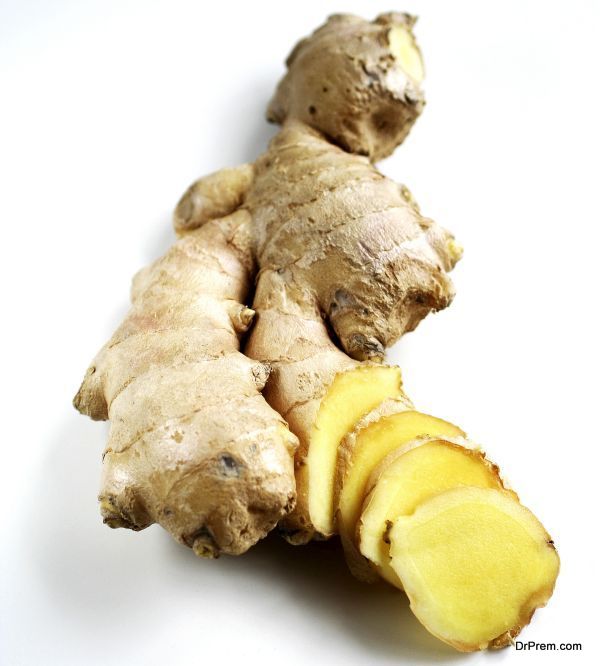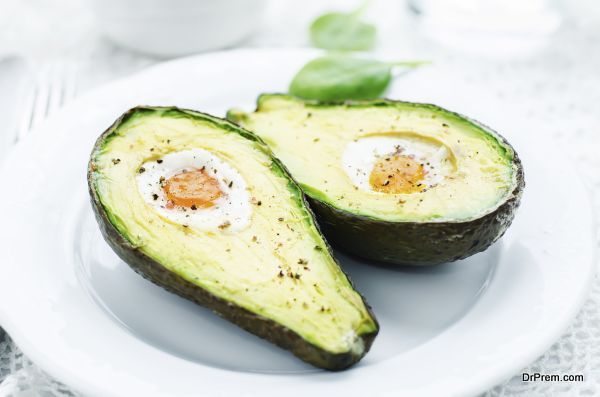Growing your own food is better for your health, rather than buying food which is loaded with chemicals and pesticides. You can’t really grow all your food, but you can grow certain foods, and what’s great is that some foods can be grown using your kitchen scraps. You can grow them in a pot and create a unique potted vegetable garden, or plant them in your back yard. Upcycling your kitchen scraps, instead of throwing them, is a good way to save on your grocery cost too. Here are some foods you can grow easily at home:
Ginger
Ginger is an effective herbal remedy to heal lung infections, sore throats, inflammation and so on. Just take a fresh piece of ginger and plant it in a pot/soil, allowing the buds to face upward. In about 7 days, new roots and shoots will grow. You can then use it, and save the time of replanting it.
Lettuce
Cabbage, lettuce and bok choy can be grown quite easily from scraps. Place leftover lettuce leaves in a bowl with just a little bit of water at the bottom. Put the bowl in a place, which gets sunlight, and keep misting the leaves with some water a few times for three of four days, or till you see the roots growing. Then this lettuce can be transplanted in soil.
Potatoes
Enjoy mashed potatoes from your own little kitchen garden, grown from potato waste. Just make sure that the peeling or raw potato part has eyes. Dry the potato pieces overnight and then plant them in a pot/plot or in a hole which is 4-5 inches deep.
Lemongrass
Lemongrass adds a unique flavor to food, but sometimes it can be hard to find. You can grow it quite simply at home, to have your own stock. Put some lemongrass leftover with roots inside a glass jar or bowl and cover the root with water and put it in the sunlight. After 7 days or so, you’d be able to see new growth, after which you can plant the lemongrass in your kitchen garden or in a clay pot.
Beans
Bean sprouts are nutritious and growing them is extremely easy. You just have to soak about a tablespoon of the bean in your havejar or any container filled with water, overnight. Drain all the water in the morning, store the beans in another container filled with water, covere it with a towel or with a piece of cloth, and rinse again in the morning. Repeat this till you see sprouts.
Avocado
Imagine a breakfast omlette with avocado, just like you see on those yummy looking food pics on Instagram – you can have a continuous supply of avocado, without having to pay at all. Wash an avocado seed and using toothpicks, suspend it over some water in a jar or bowl. The water has to cover one inch of the avocado seed. Keep it warm, but away from direct sunlight, and check the water level every day. More water has to be added if it does not cover an inch of the avocado seed. In about 6 weeks, you would see the roots and stem and when the height of the stem reaches 6 inches, prune it to 3 inches and plant it in soil, leaving approximately half of the new growth above the ground.
Celery, scallions and leeks
Celery is great in salads, soups, stuffing or just as a veggie stick. Celery, like other salad greens, tastes best when it’s fresh. And what can be fresher than the sticks you pick from your veggie garden. Dip the base/ (white ends) of celery stalks and leave them in warm water. Place this bowl in sunlight and you will see celery stalks in about a week. Plant the leaves in potting soil when they start to thicken, and after some time, you can enjoy a salad with celery.
This method works well with both leeks and scallions.
Growing even a little of your food by yourself would bring you a lot of satisfaction. You can start your own tiny vegetable garden grown from kitchen scraps in an apartment balcony, or in the kitchen or in your backyard, to enjoy fresh homegrown vegetables.







